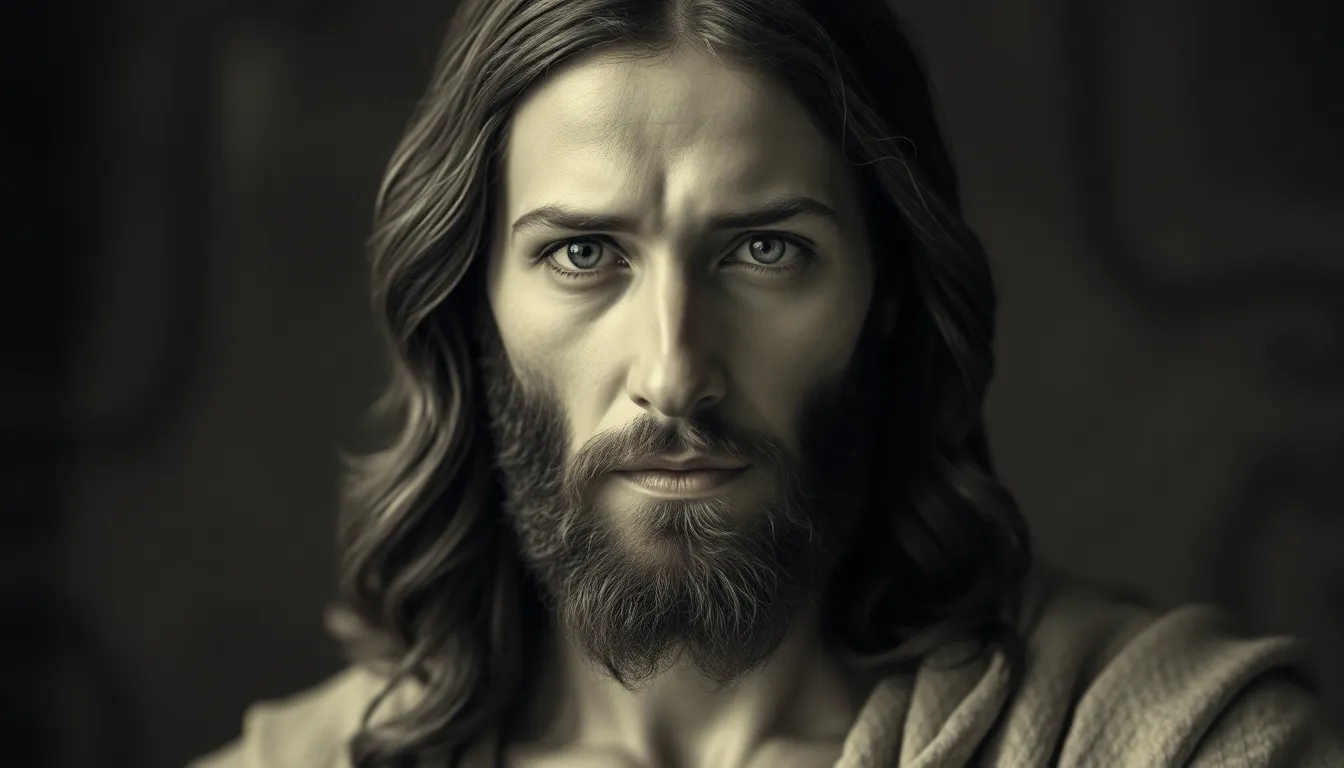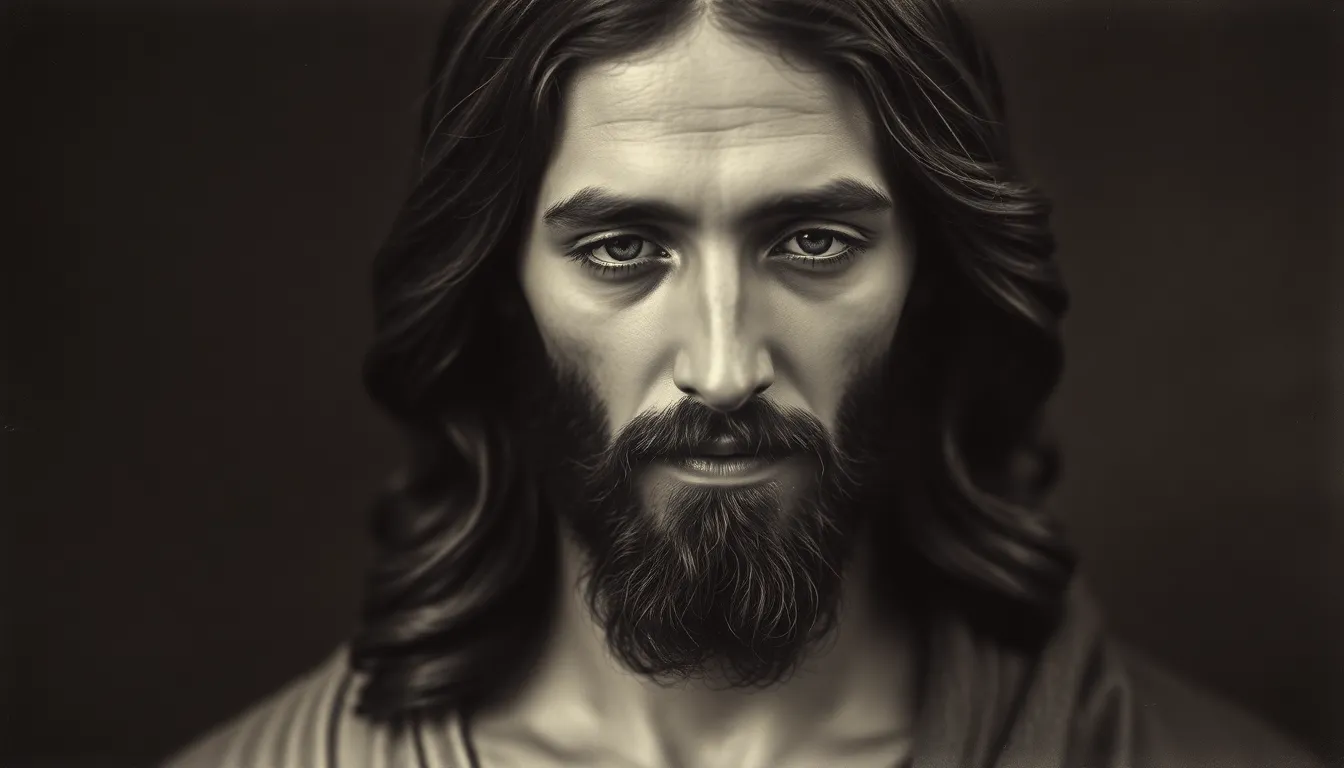Imagine stumbling upon a dusty old photo that could change everything you thought you knew about history. Well, that’s exactly what happened when researchers unearthed what they claim is the oldest picture of Jesus. This isn’t just any ordinary snapshot; it’s a glimpse into the past that has scholars and curious minds buzzing with excitement.
Table of Contents
ToggleBackground of the Discovery
Researchers uncovered the oldest photograph of Jesus, igniting excitement across academic and religious communities. This significant find sheds new light on historical narratives.
Historical Context
The discovery traces back to the late 19th century, a period marked by profound religious and artistic transformations. Scholars regard early photographs of religious figures as rare. Traditional depictions often stem from artistic interpretations rather than photographic evidence. Examining the cultural environment during this period reveals influences from the artistic movements of the time. Many artists aimed to humanize divine figures, including Jesus, allowing for varied representations. Such contextual understanding deepens appreciation for the photograph’s uniqueness.
Importance of the Find
The photograph carries immense historical importance, offering potential insights into early Christian imagery. Archival research could reshape existing narratives regarding visual representations of Jesus. This find also invites reevaluation of connections between history and faith. Scholars might analyze the photograph’s impact on understanding Jesus’s influence across cultures. The accompanying documentation further corroborates its authenticity, making it a focal point for ongoing debates. Emphasis on this photograph highlights its role in bridging gaps between ancient traditions and contemporary interpretations.
Description of the Oldest Picture

The oldest picture of Jesus showcases a remarkable blend of early photographic technique and religious representation. Its discovery has significant implications for understanding historical contexts.
Art Style and Technique
This photograph utilizes early photographic methods emblematic of the late 19th century. Soft focus and monochrome tones characterize the image, reflecting the artistic conventions of that era. Notably, the use of natural light adds depth, enhancing the emotional portrayal of Jesus. Additionally, the camera’s limitations demanded careful composition, resulting in a deliberate arrangement of elements that evokes reverence. While capturing the likeness of a divine figure, the photograph also reveals a humanizing aspect, distinguishing it from prior artistic interpretations focused solely on divine glorification.
Cultural Significance
The photograph carries immense cultural weight, bridging gaps between ancient beliefs and modern interpretations. Scholars recognize its potential to reshape narratives surrounding early Christian imagery. The depiction of Jesus in this format resonates with contemporary audiences, revealing the enduring relevance of religious symbolism. Moreover, it encourages discussions regarding authenticity and representation in faith traditions. As it emerges from a time of artistic transformation, this image reflects the evolving dynamics of religious art and its connection to society’s values.
Implications of the Discovery
This discovery holds significant implications for various fields. Scholars are particularly intrigued by its potential to reshape narratives in religious studies.
Impact on Religious Studies
Religious studies may undergo a major transformation with this photograph. Scholars might reassess interpretations of Jesus’ image, integrating historical context with new photographic evidence. Critical discussions on authenticity and representation in Christian imagery are likely to emerge, challenging established narratives. Previous artistic depictions predominantly focused on idealized representations. This photograph, however, introduces a more nuanced view grounded in the past. The emotional resonance captured in this image can encourage deeper explorations of how early Christians visualized their faith.
Reactions from the Art Community
Artists and art historians are responding with enthusiasm to this finding. This photograph merges early techniques with significant cultural expressions, evoking curiosity about its artistic merits. Critiques focus on the photograph’s composition and the innovative techniques used. Many view it as a potential catalyst for a resurgence of interest in early religious art during the late 19th century. Discussions surrounding its aesthetic qualities are unfolding, emphasizing its role in bridging art and spirituality. Overall, the art community recognizes the importance of this image in fostering dialogues about authenticity and aesthetic innovation.
Supporting Evidence
Researchers are exploring various aspects of the oldest photograph of Jesus. Strong archaeological findings support the significance of this image.
Archaeological Findings
Archaeologists recovered items from the late 19th century that shed light on the cultural context of the photograph. Photographic techniques during this period had just begun to evolve, leading to unique representations of religious figures. This discovery coincides with a time when public interest in portrait photography surged. The intersection of technology and artistry shaped how individuals viewed iconic figures like Jesus, reflecting a blend of reverence and personal interpretation. Analysis of surrounding artifacts also offers insights into societal values, underlining the image’s historical relevance.
Comparative Analysis with Other Images
Comparative analysis reveals how this photograph differs from traditional depictions of Jesus. Unlike earlier artistic representations that focused on idealization, this image presents a more relatable figure. Scholars note its soft focus and natural light lend emotional depth. Contrast this with classic paintings where glorification prevailed. Many art historians recognize this photograph as a pivotal shift in how faith and imagery connect. This evolving portrayal resonates with contemporary viewers, challenging established norms in religious art. The contrast emphasizes the photograph’s role in redefining visual narratives around Jesus.
The discovery of the oldest photograph of Jesus marks a significant milestone in the intersection of art and faith. This image not only challenges long-held perceptions but also invites deeper discussions about authenticity in religious representations. As scholars and artists continue to explore its implications, the photograph stands as a testament to the evolving dynamics of religious imagery.
Its emotional depth and innovative techniques highlight a shift toward humanizing divine figures, reshaping narratives around early Christian art. This remarkable finding resonates with contemporary audiences, encouraging a reevaluation of how faith is visually expressed. The excitement surrounding this photograph promises to inspire ongoing dialogues in both academic and artistic communities, paving the way for fresh interpretations of religious history.



